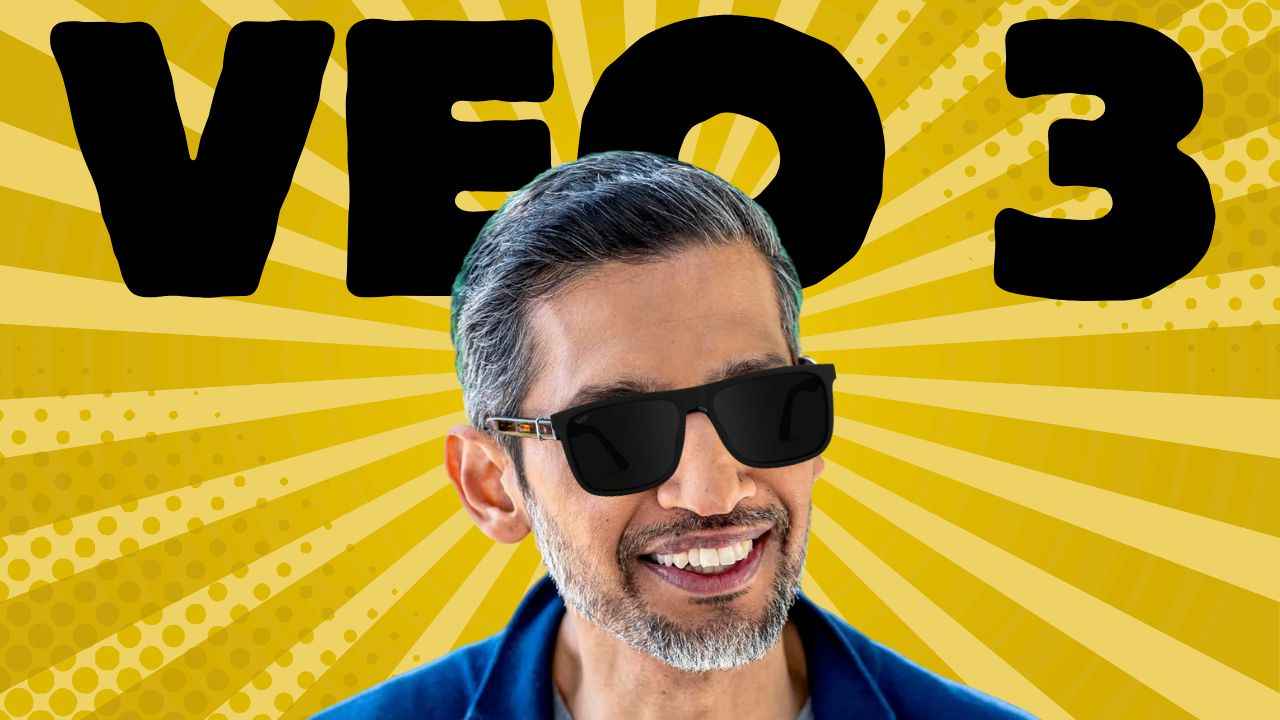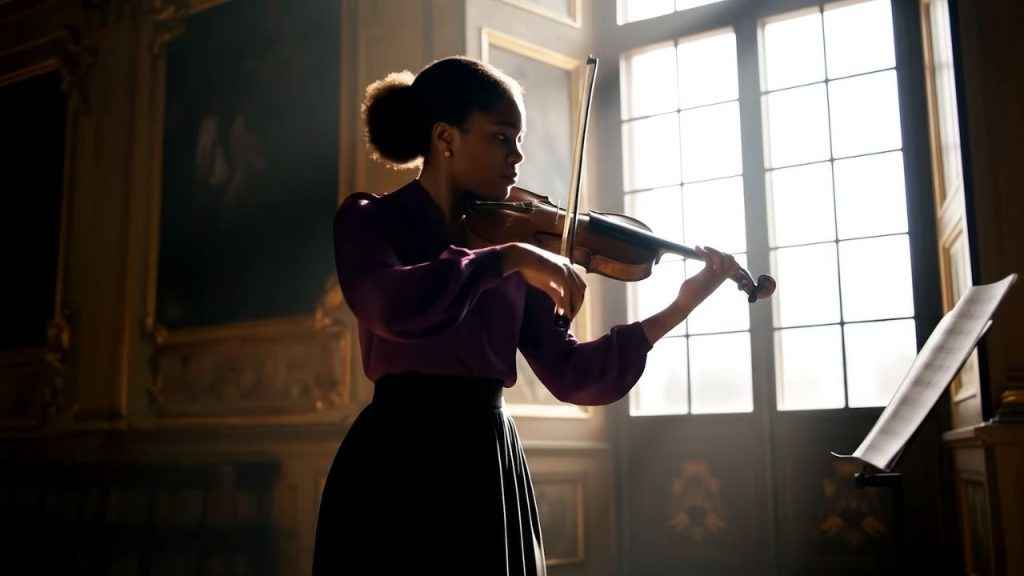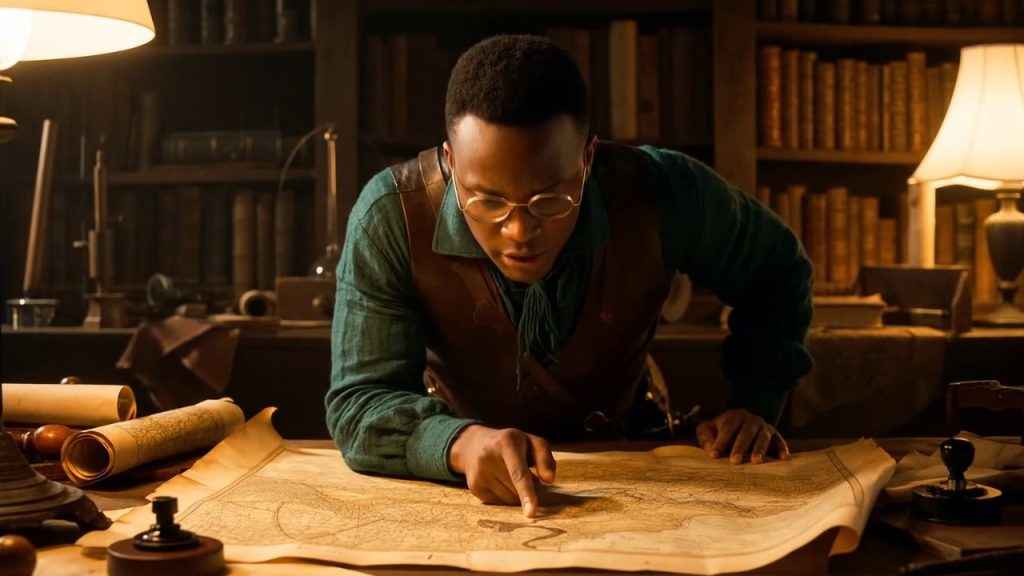The Era of Effortless Vision: Google Veo and the Death of Boundaries

When cinema was invented, they said it was the end of theatre. When Youtube came around, they said it was the end of television. Now that Google has come out with Flow and Veo 3, they aren’t saying anything, just watching in disbelief. Because what can you say when reality itself becomes reprogrammable?
 Survey
SurveyVeo 3, Google’s new generative video model, doesn’t just generate video – it generates cinema. You type a sentence, and it hands you a scene. You whisper a dream, and it gives you a montage. From 1080p video to 4K compositions, fluid motion, lens-accurate camera moves, and even nuanced cinematic lighting – Veo doesn’t mimic the visual world, it directs it.

This is not just about clips. It’s about control.
It’s about letting filmmakers, animators, marketers, educators, journalists, and TikTokers alike bypass the bottleneck of production. No green screens. No actors. No rendering farms. Just imagination… and Flow.
Flow is Google DeepMind’s interface for creative AI. It’s the orchestrator, the conductor, the bridge between prompt and projection. It’s where ideas meet Veo’s new model and are transmuted into high-end visuals with shocking ease. What once required entire studios and VFX pipelines now unfurls at your fingertips, frame by frame, idea by idea.
The Genie is Out of the Bottle
Veo doesn’t just change content creation. It detonates it.
We are entering an era where video literacy becomes as fundamental as writing. Where the barrier between creator and viewer dissolves. Where ideation and execution happen on the same screen, minutes apart.

Documentary makers can now recreate lost history. Fiction writers can render concept scenes. Indie filmmakers can storyboard and even previsualize entire films without a single camera.
Influencers? They can now overnight go from niche to netflix.
And this isn’t speculative. This is now. It has become more difficult than ever to tell real and AI generated videos apart. Filmmaking is now a tap away. The equation of “Idea + crew + equipment + money = great video” is now a thing of the past; now it is just “idea + flow = anything you can imagine”.
Also read: Google’s AI copying my writing style feels creepy, wrong and dangerous
Sora who?
At launch, Sora looked like the door to the future of AI video – and what we saw was breathtaking. Its visuals were rich, cinematic, and full of imagination. But beneath the beauty, there was a softness. Physics bent in strange ways. Objects drifted, motion felt floaty, walking looked like sliding. Sora made you feel – but not always believe.
Then came Veo 3.
Google didn’t just step through the door, it tore it off the hinges, wheeled in a dolly, lit the scene like a pro, and shouted, “Action.”
I tested the new Google "Veo-3" vs OpenAI's "Sora."
— Ruben Hassid (@RubenHssd) May 21, 2025
I feel like comparing a bike vs. a rocket: pic.twitter.com/HIiM8P0ST0
Veo 3 doesn’t just generate images that look real, it creates moments that feel real. It understands how things move, how light behaves, how time flows. People walk with weight. Cameras glide with intention. Scenes don’t just appear, they unfold. Where Sora painted beautiful possibilities, Veo 3 delivers grounded, cinematic reality.
Sora cracked open the door. Veo 3 walked through it with a camera in hand, built a studio on the other side, and started shooting the future.
Fade in: The Future of Video
Video is no longer just the most engaging medium – it’s the most liberating. With Veo 3, the barriers between imagination and execution dissolve. You don’t need a camera crew, a lighting rig, or a million-dollar budget. You need an idea, bold, strange, brilliant, and the bandwidth to bring it to life.
Production no longer dictates creativity. Creativity leads, and production follows.
The stone has been turned and what’s come out shoots in 4K, tracks motion, nails depth of field, and paints with light like it’s been on set for decades.
This is the Veo Era, where your stories don’t just get told, they get crafted, frame by frame, by a model that understands the language of film.
The rules are gone, the lens is yours and your imagination just got a cinematographer.
Also read: Is AI replacing entry-level tech jobs? Here’s what reports suggest
Vyom Ramani
A journalist with a soft spot for tech, games, and things that go beep. While waiting for a delayed metro or rebooting his brain, you’ll find him solving Rubik’s Cubes, bingeing F1, or hunting for the next great snack. View Full Profile